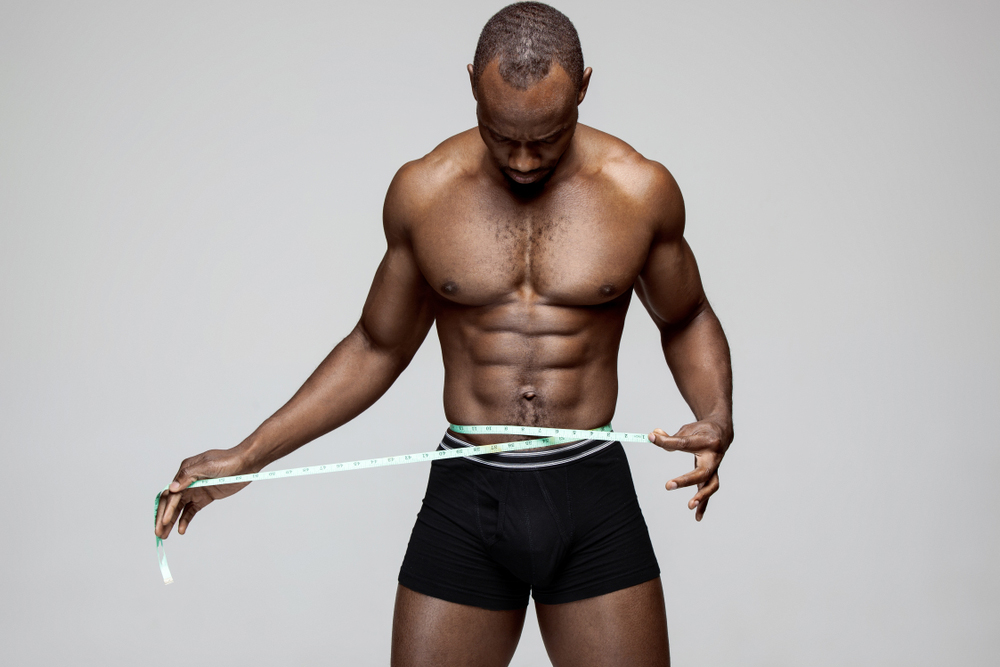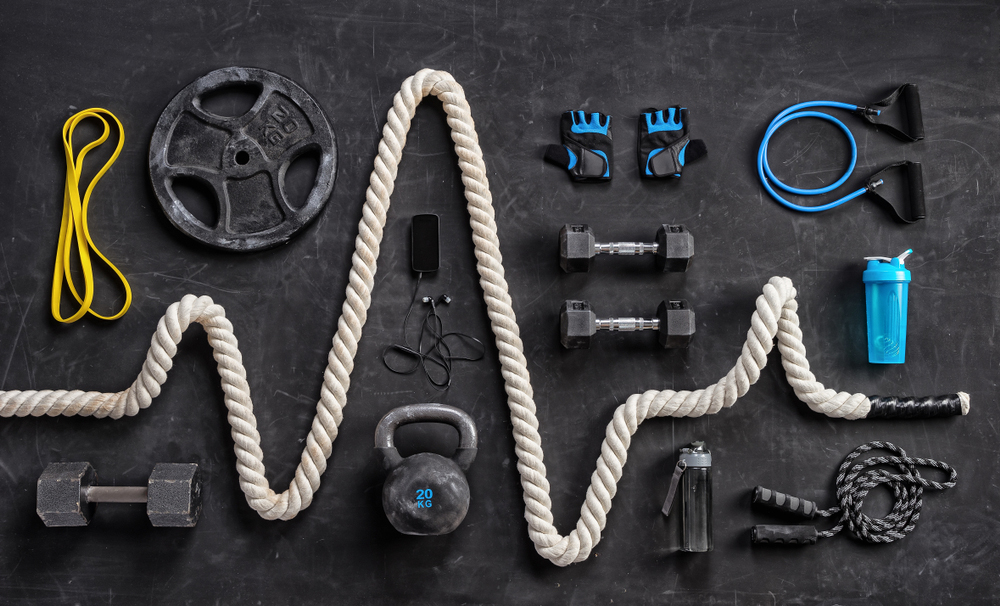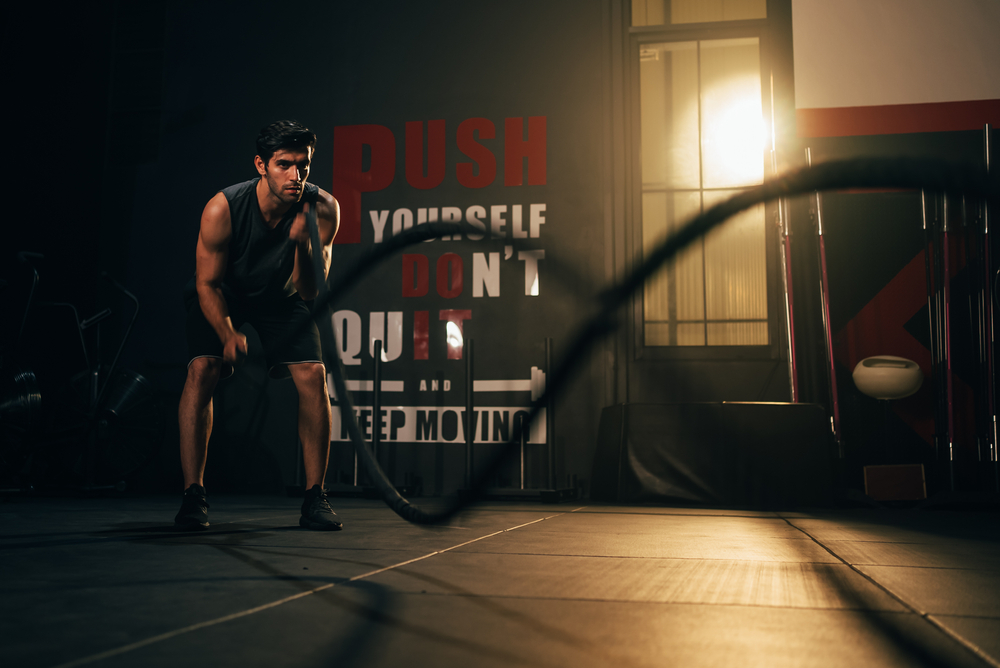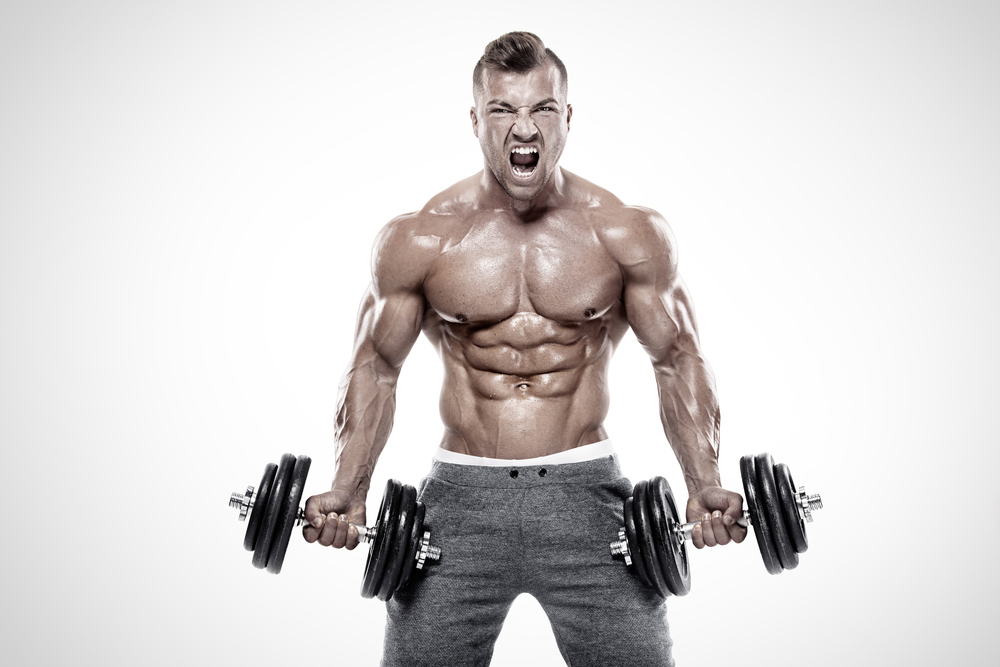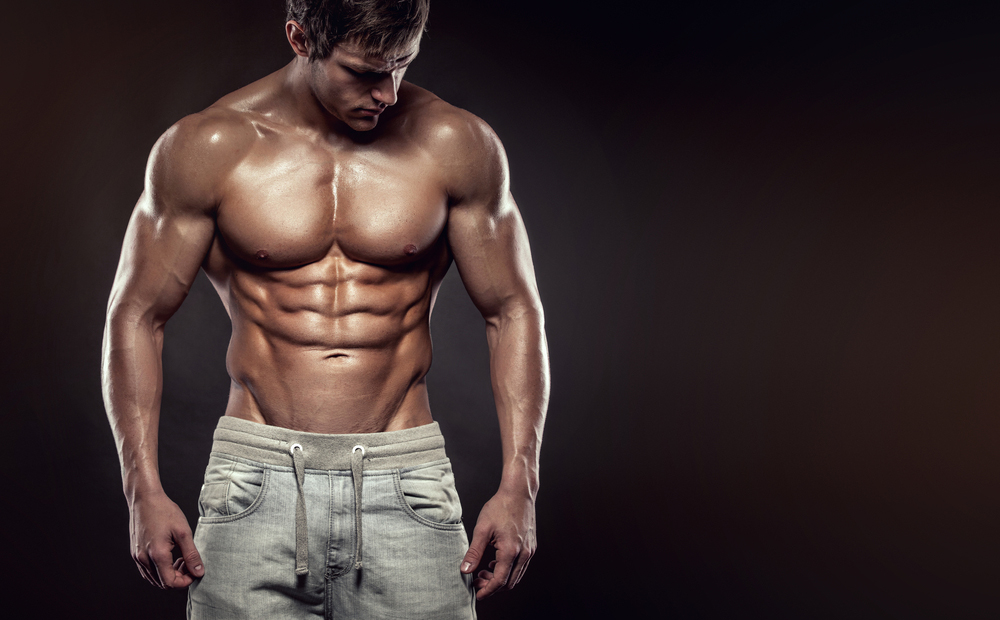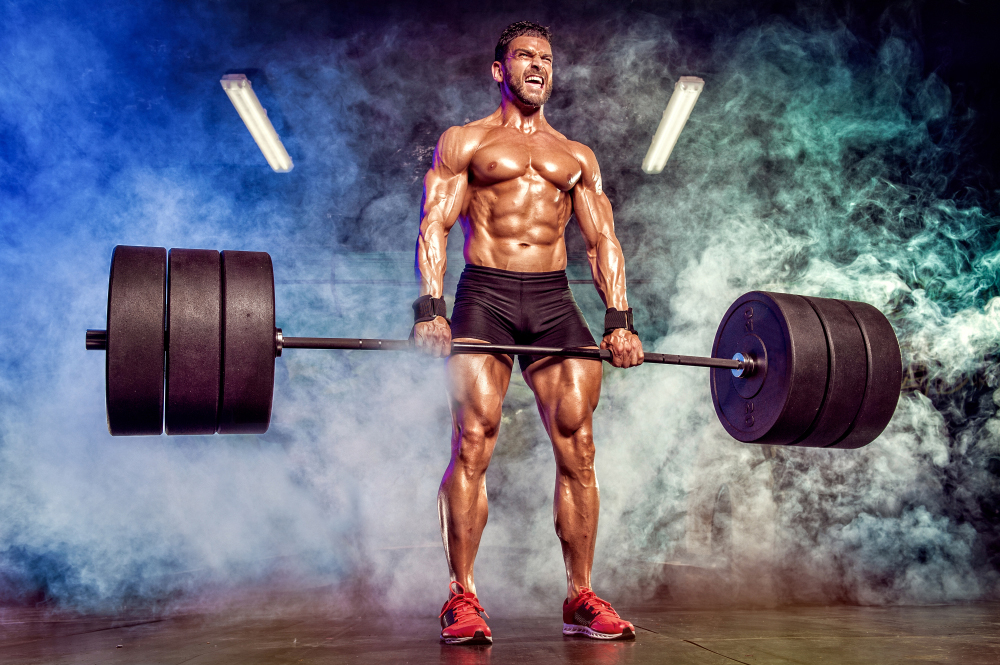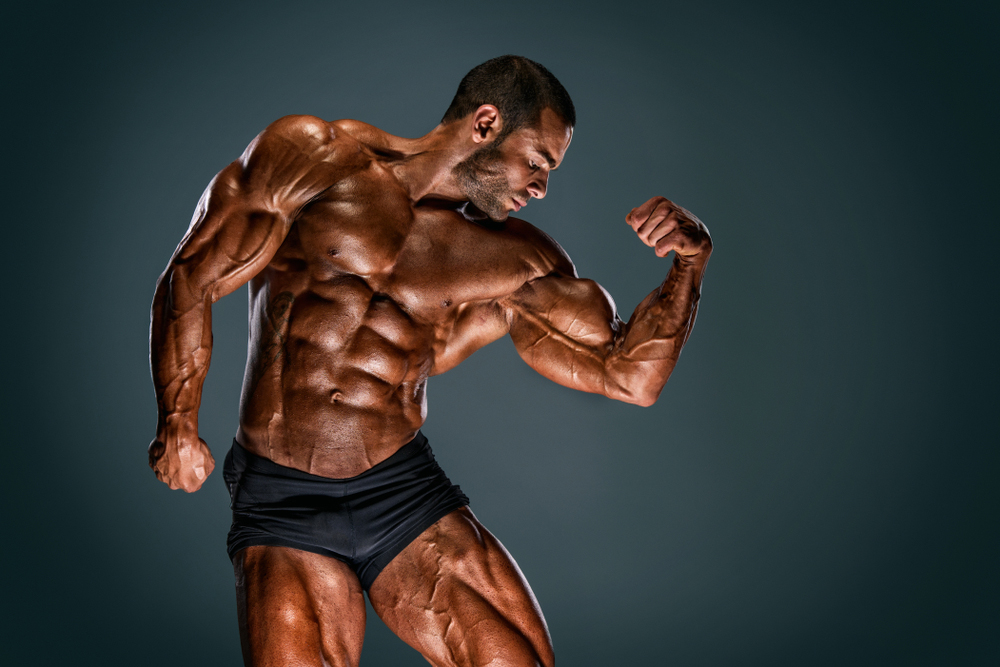While the idea of not training too much in a calorie deficit is widespread, training more to burn as much fat as possible is no less popular. This makes it difficult to decide on the right diet to follow. As a result, many people wonder what strategy to adopt during a calorie restriction or lean diet to slim down their physique.
Others, depending on their preferences, want to start gaining weight. So, how to choose the right diet according to your objective?
Nutrition and muscle building
Hypocaloric, high protein, single diet, vegetarian diet, frugivorous diet, paleo diet, fasting or intermittent fasting, or ketogenic diet, with all the diets in fashion, it is quite easy to get lost. As there is no perfect diet, each diet has its advantages and disadvantages.
It is therefore important to know how to adapt a diet to your own situation and to maximise the effects while minimising the health risks. But the essential ingredients for success in any diet are time, regular and intelligent work, a good dose of willpower, and a lot of patience.
Here are some basic rules to help you progress according to your physical and mental capacities for a period of two months. The programme starts on a cycle of about 6 to 8 weeks so as not to ask too much of the muscles, tendons, nervous system, and digestive and hormonal systems.
If the objective is muscular hypertrophy, the challenge is to maintain the hard-won lean mass while getting rid of the excess fat that masks the real musculature.
To maintain muscle mass, the first principle is to put and maintain the body in anabolism (muscle building) while limiting the effects of catabolism (muscle destruction). The latter is favoured by a calorie deficit, almost daily training, but also by overwork, daily stress, lack of sleep, etc.
Four goals to achieve to improve your training
Goal 1: lift heavier loads
Despite the caloric deficit, you should opt for progressive overload
rather than ephemeral congestion. In other words, the technique to adopt
is to take the heaviest possible loads in training and put aside endless
sets, unproductive in this case.
However, it is essential to understand
the importance of lifting heavier loads. However, it is essential to
understand and respect the meaning of "heavy" in this training. It means
a load with which the athlete can perform exercises without having to
cheat in his posture (bent back, difficult position). Also, there should
be no loss of technique towards the end of a set. Thus, this represents
the load for which the athlete has difficulty completing the planned
number of repetitions while maintaining a flawless execution technique.
Objective 2: Pyramid technique
Keep the exercises known as "polyarticular" (which engage and put into action several joints) leading to a consequent hormonal response. This consists of warming up with 20 reps (repetitions), then moving on to 15 reps for the next series, increasing the weight considerably and so on. Do the exercise until you reach workloads in the range of 6-8 reps. Do few sets, but focus on sensation and neuromuscular relationship to optimize the use of time.
Objective 3: Minimise time spent in the gym
Do not spend more than 40-50 minutes in the gym. Sessions of 6 to 8 sets are recommended for small muscle groups and 8 to 12 sets for larger ones. This should therefore be:
- 30 sec to perform a set + 1. 30 min rest (max = 2 min/set, i. e. about 20 min/muscle group). Thus, for the training of 2 muscle groups, it is necessary to count 40 to 50 minutes at the most.
- Once the 40-50 minutes are up, stop, go home and enjoy the rest of your day.
Objective 4: appropriate nutrition
Even for HIIT (High Intensity Interval Training) cardio enthusiasts, it is not advisable to overdo it at the risk of overeating and generalized exhaustion. It is important to adapt the diet and calorie rations according to the energy level day after day. For this type of diet, the physical appearance in front of the mirror is a more important factor than what the scale indicates. Therefore, the diet must be adjusted as much as necessary according to these different parameters.
Indeed, it is possible to lose weight quickly without it being fat. In this case, it is often a question of water loss, due to the low carbohydrate content of the caloric intake, as well as a greater than usual "gastric emptying".
Consume sufficient protein by varying the intake and origin (70% vegetable and 30% animal). Do not deprive yourself of seasonal fruit and vegetables, rich in micronutrients. Although it is important to maintain sufficient carbohydrates when needed, it is necessary to create a momentary deficit.
In order to lose weight (fat), the athlete must temporarily consume fewer calories than he or she expends, while keeping the body in a relatively difficult process.
Finally, it should not be forgotten that it is an achievement to succeed in your first diet with a 100% satisfaction rate. Therefore, one must also be indulgent towards oneself and respect the limits of one's body.
Sportsmen and women should keep in mind that their body is their only vehicle for the decades to come. Learning from your mistakes is therefore essential to overcome any difficulties and to achieve your goals with strength and rigour.

